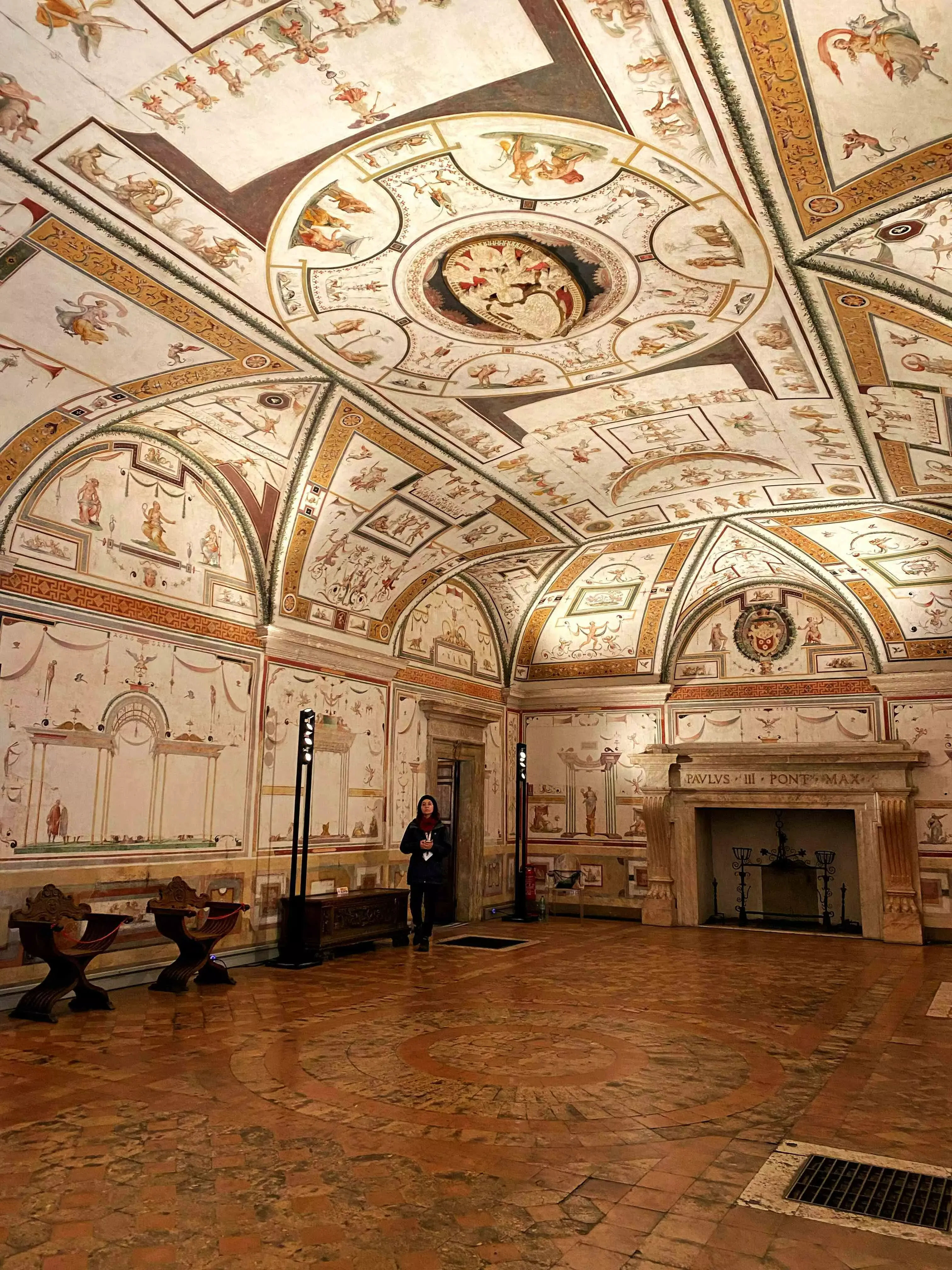
Papal Apartments & Frescoes: Renaissance Splendor Inside a Fortress
Guide to decorative cycles, thematic programs (power, piety, classical revival), material techniques, and viewing strategies in constrained spaces.
→

Farnese Splendor & the Stufetta of Clement VII: Renaissance Comforts in a Fortress
Inside the Farnese apartments—Sala Paolina fresco cycles, witty trompe‑l’oeil details—and the modern marvel of the Stufetta with hot and cold water.
→

Castel Sant'Angelo Tickets & Access (2025): Slots, Night Openings, Combined Passes, Rooftop Views & Best Times
Master 2025 ticketing: standard vs reduced, online timeslots, night openings, combo passes (bridge + corridor), queue avoidance, rooftop timing for golden hour.
→
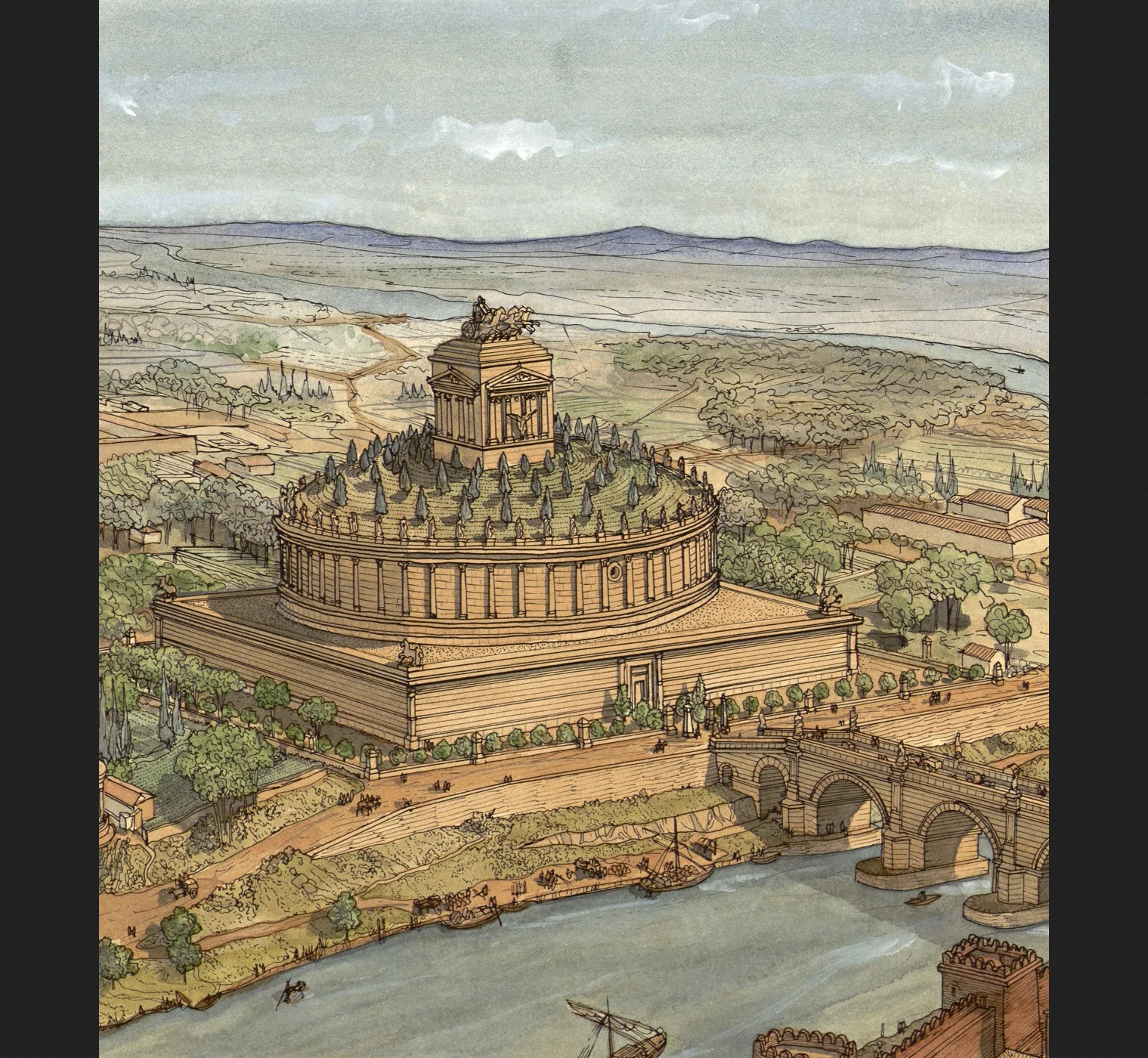
Castel Sant'Angelo History Timeline: From Hadrian's Mausoleum to Papal Fortress, Prison and Museum
Chronological evolution: imperial funerary design, military fortification, papal refuge, Risorgimento episodes, modern museum era.
→
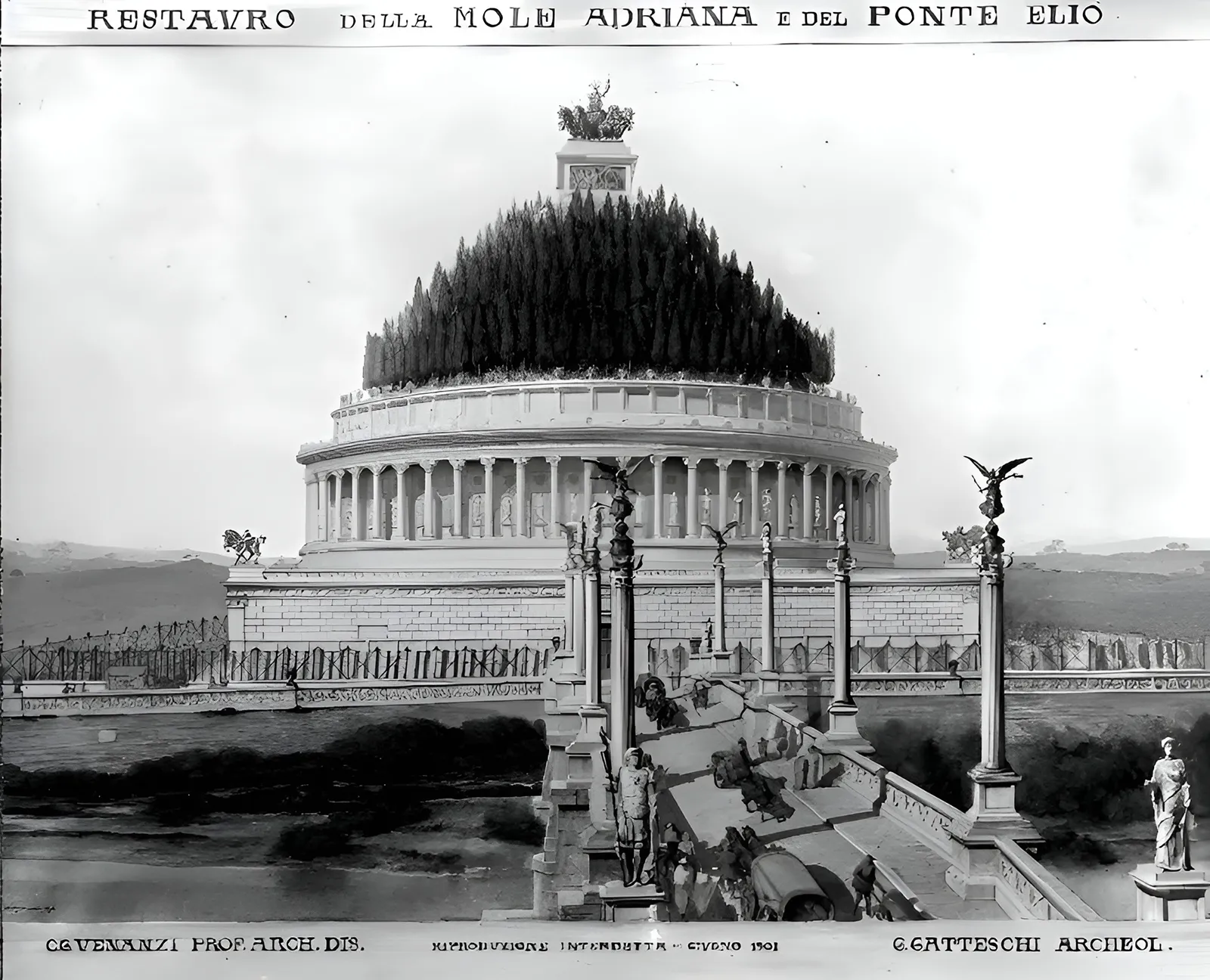
Castel Sant'Angelo Architecture & Engineering: Cylindrical Core, Ramps, Bastions, Adaptive Reuse
Analyzes original mausoleum geometry, helix ramp, structural mass, Renaissance military retrofits, drainage, and load adaptations for artillery.
→

Angel Legend & Symbolism: The Vision of St. Michael, Papal Power Narratives & Protective Iconography
Explores 590 plague vision tradition, Archangel Michael statue iterations, papal legitimization, and fortress-as-spiritual-shield metaphor.
→
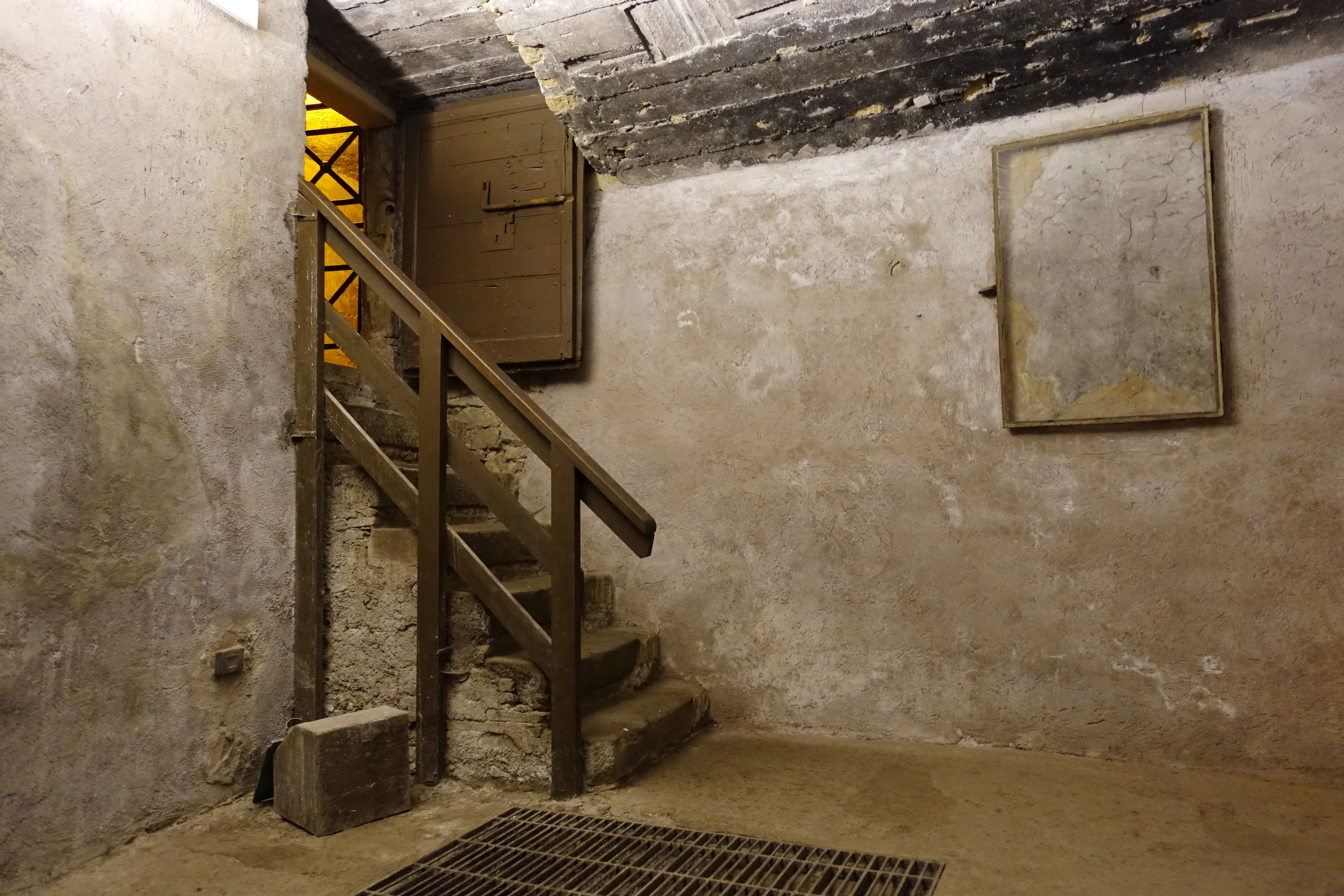
Prison Cells & Famous Inmates: Control, Dissent, and Survival in Castel Sant'Angelo
Explores carceral spaces, notable prisoners (artists, political figures), conditions, instruments of surveillance, and interpretation ethics.
→

How to Visit Castel Sant'Angelo: Crowd Patterns, Light Strategy, 60 & 120 Minute Routes, Pairings
Optimizes a visit: hourly crowd curve, ramp pacing, terrace light windows, short vs extended routes, pairings (Vatican, riverside sunset).
→
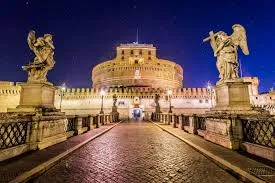
Surroundings & Viewpoints: Bridge of Angels, Riverside Perspectives, Night Illumination
Urban context guide: Ponte Sant'Angelo statues, alternative photo angles, evening atmosphere, nearby alleys for crowd escape.
→

Castel Sant'Angelo in Pop Culture: Opera Tosca, Film Set Symbolism, Gaming & Visual Metaphor
Survey of opera (Tosca Act III), film sequences, literary uses, game level design, and ethical filming constraints in heritage spaces.
→

Castel Sant'Angelo FAQ & Myths: Angel Apparition, Secret Tunnels, Passetto Length, Mausoleum Remains, Prison Legends
Clarifies recurring visitor questions about angel vision authenticity, hidden tunnels, Passetto extent, imperial burials survival, and prison lore exaggerations.
→
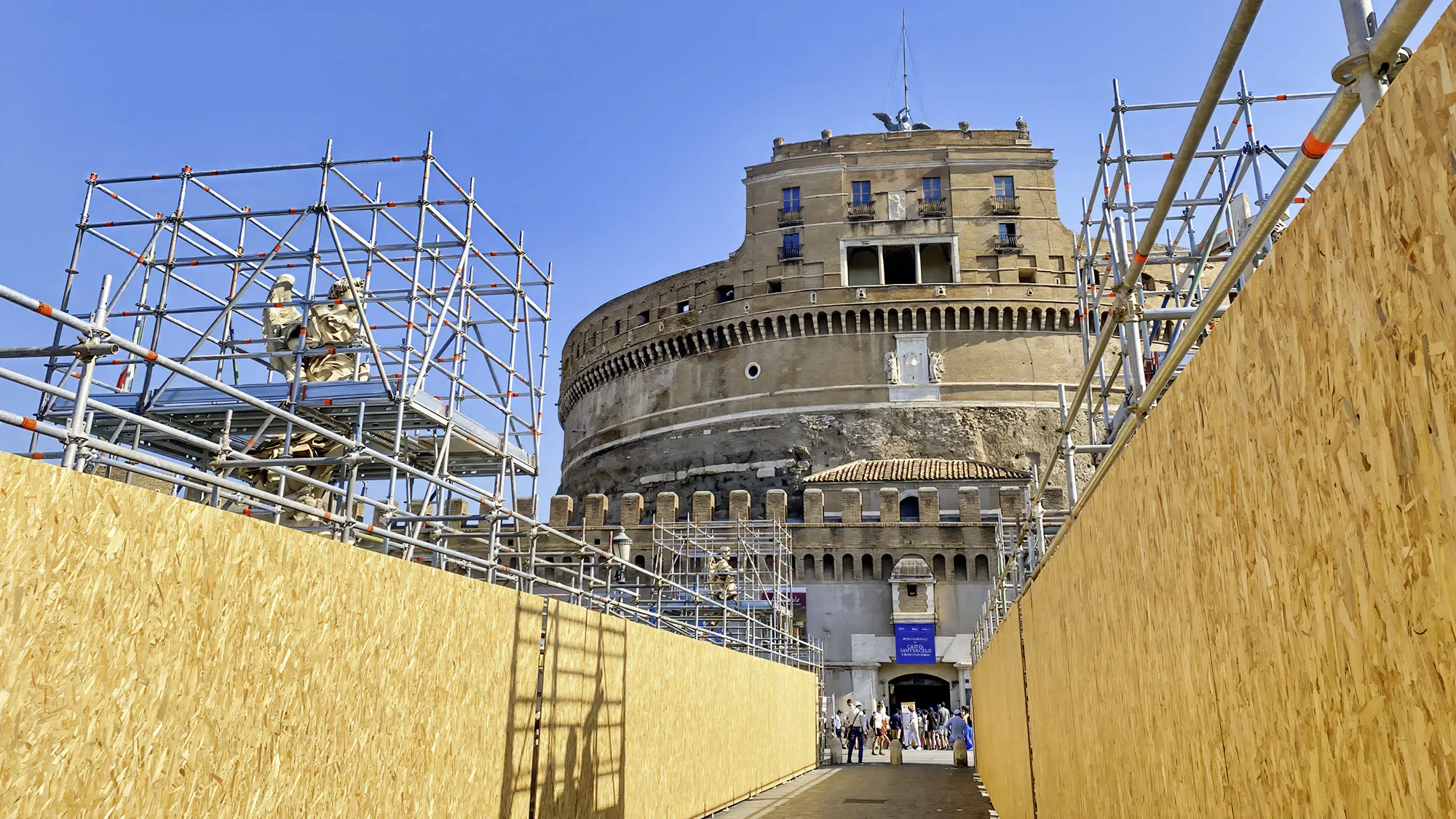
Conservation & Restoration: Stone Cleaning, Structural Monitoring, Fresco Microclimate & Sustainable Visitor Flow
Overview of modern conservation toolkit: laser scans, mortar analysis, fresco microclimate stabilization, terrace stone erosion mitigation, crowd modeling.
→
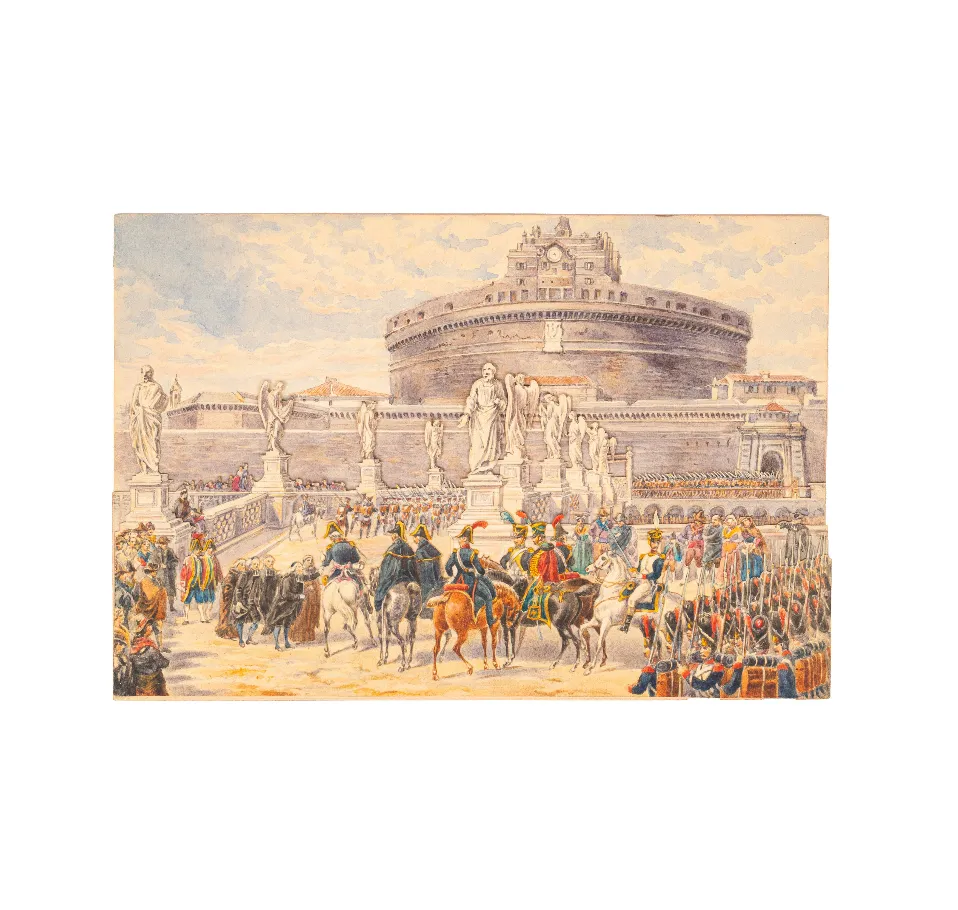
World War II & Modern Protection: Safeguarding Castel Sant'Angelo in Conflict and Tourism Eras
Examines WWII precaution context, post-war heritage policy shifts, current security layers (crowd, fire, seismic), emergency protocols & future risk modeling.
→
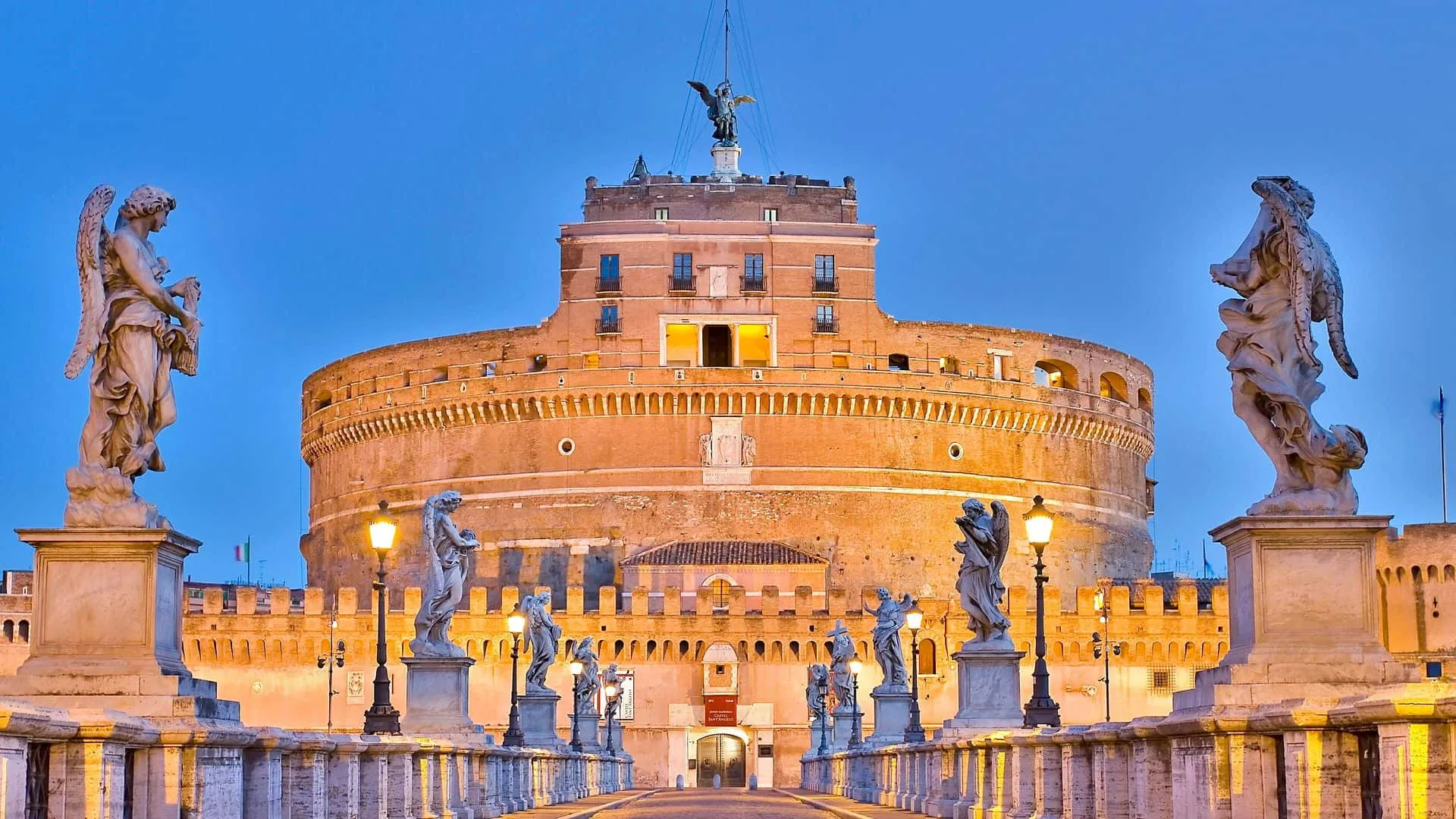
Castel Sant'Angelo vs Other Roman Fortified Sites: Adaptive Reuse, Urban Position & Symbolic Layers
Compares with Mausoleum of Augustus, defensive towers, and coastal fortifications—focus on reuse intensity, urban integration, symbolic layering.
→
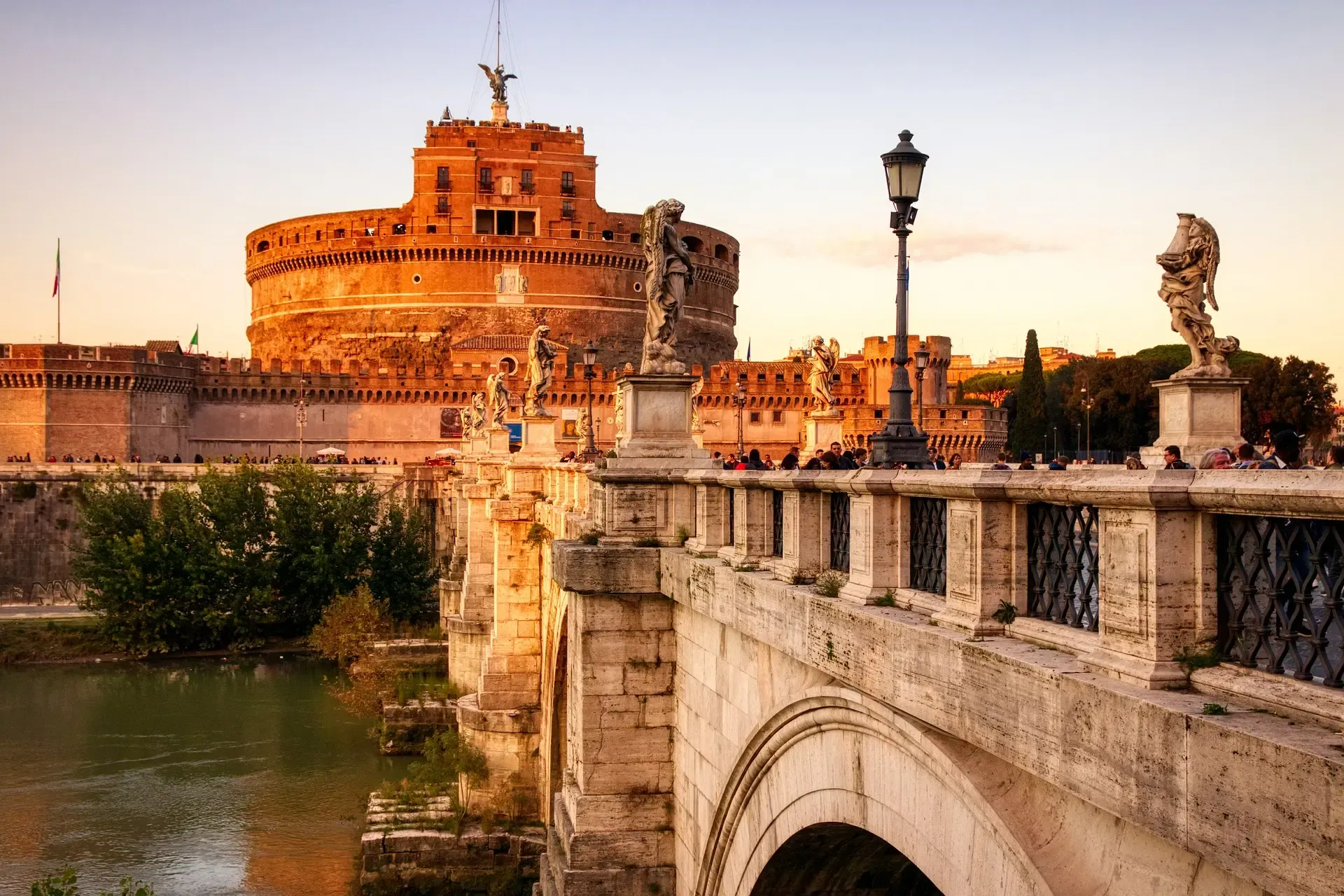
Dress Code & Etiquette at Castel Sant'Angelo: Comfort on Ramps, Terrace Safety, Respectful Behavior
Guidance on attire for ramps & terrace, seasonal layering, photography conduct, gear limits, and respectful interaction with heritage spaces.
→

Hadrian’s Mausoleum: Design, Golden Quadriga, and the Imperial Funerary Line (139–217 CE)
From Augustan precedent to Hadrianic innovation: scale, decoration (lost quadriga), helical choreography of the funerary procession, and the imperial burials within.
→

From Tomb to Bulwark: Aurelian Walls, the 410 Sack, and the 537 Defense
How the mausoleum’s position at the river made it a defensive asset, the Visigothic plunder of 410, and the desperate statue-barricades against Vitiges in 537.
→

Six Angels Above the Castle: A Timeline of Statues, Storms, Schism and Bronze
A concise timeline of the Archangel Michael statues atop the Castle: materials, fates, and the current bronze by Verschaffelt (1753).
→

Passetto di Borgo: Papal Escape Corridor – Origins, Dramas, and How to See It Today
From Nicholas III’s 13th‑century strategy to Borgia’s flight in 1494 and Clement VII in 1527—plus what modern visitors can access and when.
→
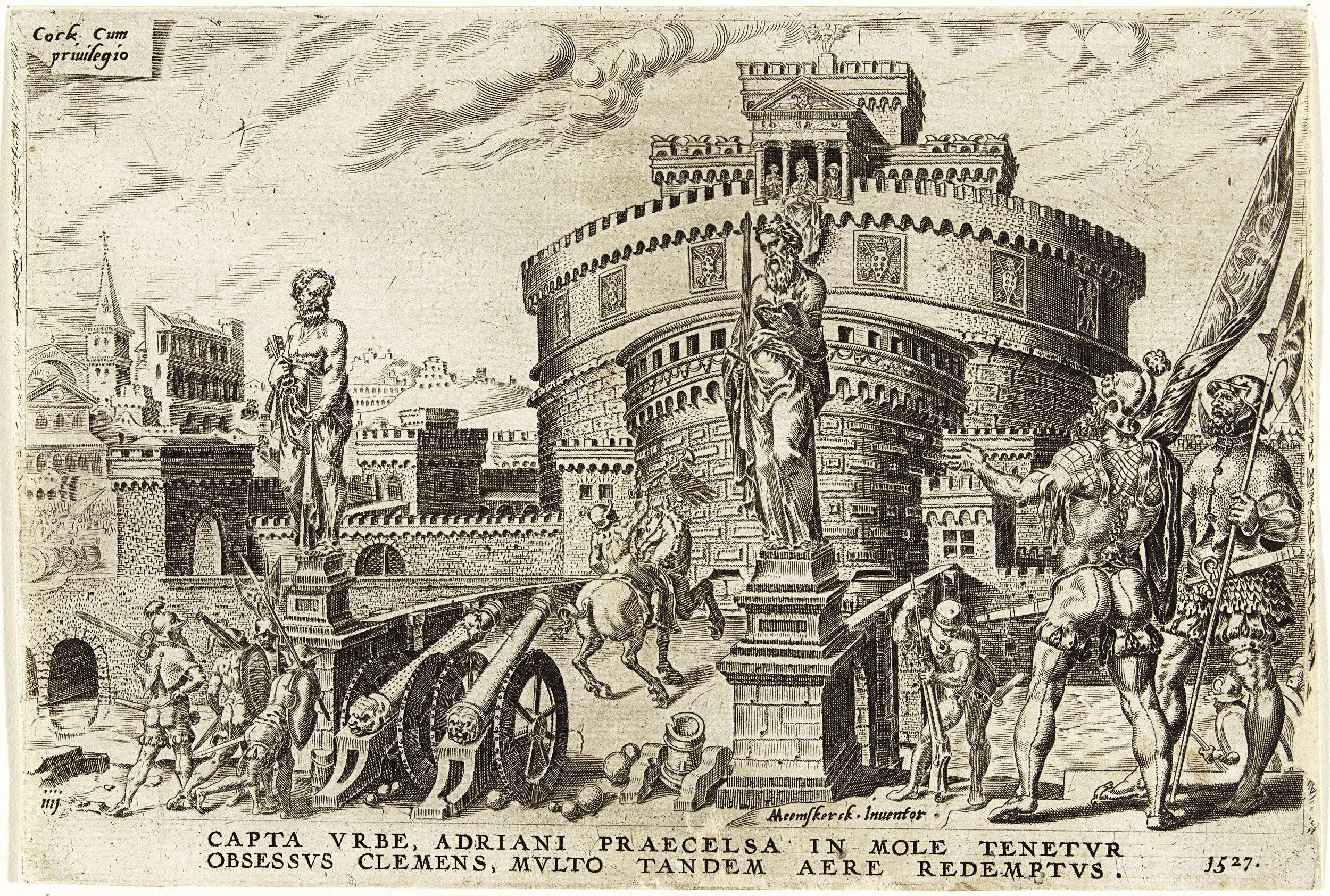
Bastions, Moats, and a City in Flames: Papal Fortifications and the 1527 Sack of Rome
From Boniface IX and Nicholas V to Alexander VI: the making of a modern fortress—and how the Sack of 1527 stress‑tested every wall and soul.
→

Notorious Prisoners & Papal Intrigue: From Cellini to Cagliostro, and Popes in Peril
Profiles of famed inmates and victims—Cellini’s escape, Bruno’s shadow, papal imprisonments and murders, Marozia’s power, and Borgia poison plots.
→

Ponte Sant’Angelo: From Pons Aelius to Bridge of Angels – Jubilees, Disasters, Bernini and a Cannonball
The bridge’s ancient origins, crowd surges of Jubilees, Bernini’s angels (and the copies), grisly displays of justice, and the cannonball mark of 1870.
→

Castel Sant’Angelo: An Epic History from Hadrian’s Tomb to Tosca’s Leap
A sweeping narrative of Rome’s round fortress: Hadrian’s mausoleum, sieges and plunder, the angel vision, papal corridors, Renaissance apartments, notorious prisoners, and the Bridge of Angels.
→